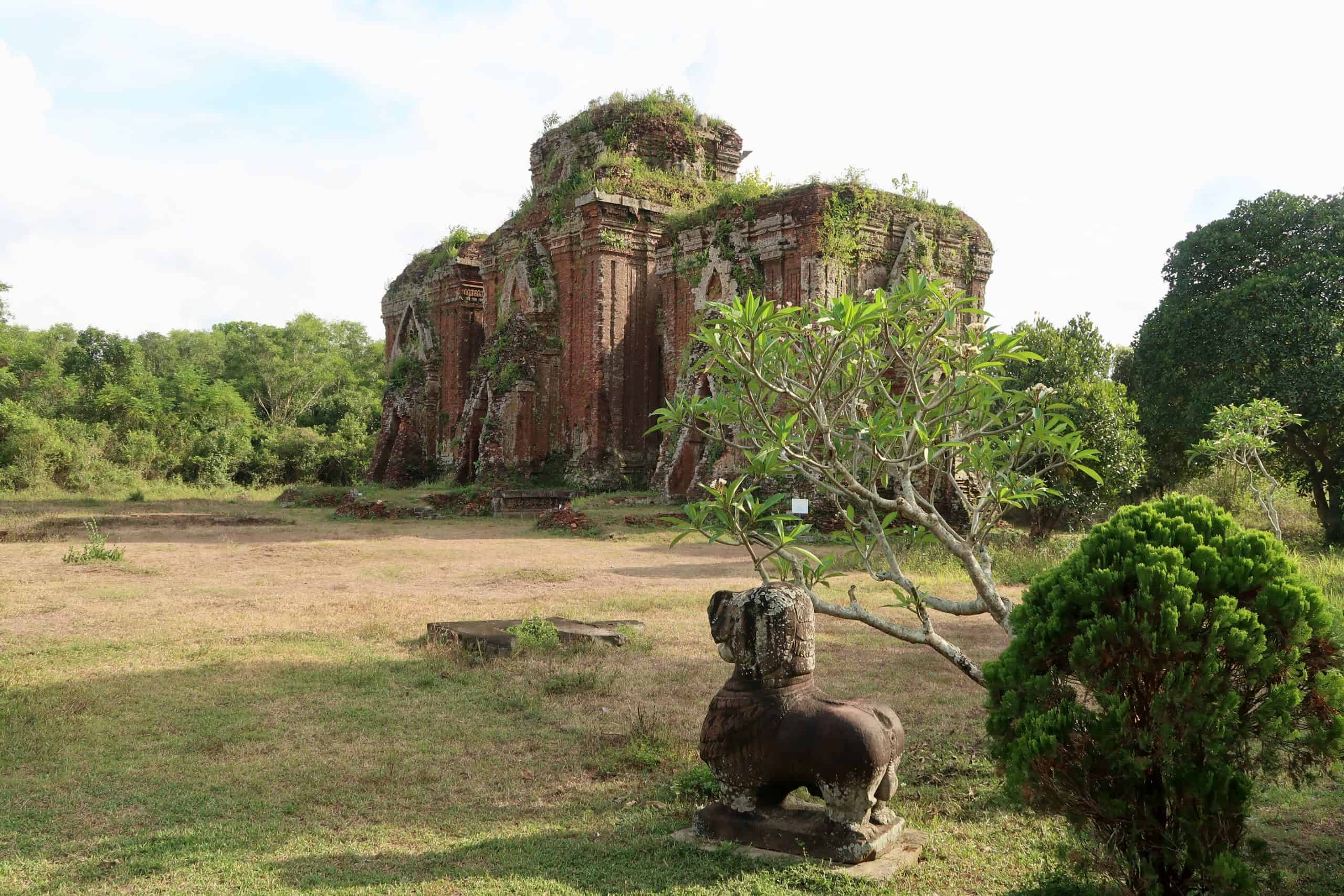Over 1000 years ago, Vietnam was home to the Indianized Cham culture. What happened to them and why is Vietnam now closer to Chinese culture?

It’s a curious history of cultural goliaths influencing Southeast Asia, otherwise known by its alternate name, Indochina. As you can probably imagine, it was those two civilizations that had the most direct impact on the cultural development of the SEA cultures – Thai/Lao, Khmer, Malay, Dai Viet, Burmese, Rakhine, and Champa – representing some of the most significant still around today.
Vietnam is, however, an outlier in the region. Vietnamese history and culture are much more reflective of Chinese traditions than Indian. But, that wasn’t always the case.
To gauge this curious case in what is today Vietnam, we should first examine its location:
To begin with, Vietnam is clearly geographically the farthest from the source of Indianized culture, with modern-day Bangladesh, Myanmar, Thailand, Cambodia, and Laos in between.
However, this geography did not prevent the Indianization of the the area that would become Vietnam. Unlike Myanmar, Thailand, and Laos, which would all come into Indian influence hundreds of years later due to cultural diffusion over the mainland, Vietnam and Cambodia were visited by sailors on trade routes to China who left a massive influence many centuries before Indianization began appearing in Thailand-Laos area.
The first of the indigenous civilizations to adopt an Indianized culture was Funan (known only by their exonym given by the Chinese) who were centered in the Mekong Delta in modern southern Vietnam and Cambodia. They had a number of port towns and canals built throughout the region and were the predecessors to the Chenla, Khmer, and Cham cultures.

As Funan’s power began to wane in the region, they were surpassed or evolved into the Chenla and Khmer civilizations, who would go on to build the famous monuments of Angkor, located in modern-day Siem Reap. Their civilization would also establish an empire which would expand all directions into Thailand, Laos, and even into areas of Vietnam.
Meanwhile, on the southern and central coasts of Vietnam, another culture called Cham had evolved out of the Indianized kingdoms of the Mekong Delta. The Chams, or Champa (name of their unified polity), became another of the Hindu, monumental cultures of Southeast Asia. Although they never had the grandeur of their Khmer neighbours in either their influence or their architecture, they left a number of little-known monuments scattered through Vietnam, collectively known as Cham Towers or Tháp Chàm in Vietnamese.

Despite their cultural similarities, Champa and Angkor were rivals very often throughout their history. They also had conflicts with the Srivijaya Empire from Indonesia. However, it was the Dai Viet (Vietnamese) moving down from southern China along the Vietnamese coast that would eventually be the defeat of the Kingdom.
After the wars between the Cham and Dai Viet, the Champa civilization was drastically reduced in number down to a few small hamlets. During this time, the Indianized culture prevalent in Vietnam was overwritten with Chinese influence brought by the Vietnamese.
Over the next few centuries, a large number of Chams curiously took up Islam as their primary religion. However, around the town of Phan Rang–Tháp Chàm, there are a few Cham towers that continue active worship of their ancestral Hindu Shaivite faith.


Glossary
Champa
An Indianized Hindu kingdom in ancient Vietnam known for constructing Tháp Chàm, their iconic Cham Towers dedicated to Shiva and other Hindu deities.
Dvaravati
Mon-Burmese ethnic group based in modern Nakhon Pathom, Thailand. Responsible for the introduction of Buddhism (Theravada sect) to Thailand.
Indianization
A culture adopting Indian culture, religion, and social structures.
Hinduism
Dharmic religion centered on the belief of karma and release from the cycle of reincarnation. It stems from Vedic teachings and one of the oldest extant religions in the world.
Khmer Empire
Hindu-Buddhist kingdom which ruled much of Southeast Asia from their capital at Angkor.














Wonderful to have found your work, Ben!
I’m from Vietnam and I’ve traveled a lot throughout the country as well as the neighbors. This article is informative and enlightening. Thank you for this.